Insurance Valuations vs Market Valuations
Key to the approach of any property valuation is to first obtain a clear understanding of the intended use for the report being requested. This is important as the use of the report guides the Valuer in determining which approach(es) should be performed and relied upon when concluding an opinion of value. Most times, a current market value is required, but there are times when a value is requested for other purposes such as obtaining and/or renewing the insurance on a property. The differences between a market value report and an insurance value report are explored below.
In a market value report, a Valuer may look at one or more of the Replacement Cost, Income and Sales Comparison Approaches, but for an insurance report, the Valuer’s analysis is solely dependent on the Replacement Cost Approach. This approach relies on the principle of substitution and recognises that a prudent investor will pay no more for an asset than the cost to replace it with an identical or similar unit of equal utility. Market Value is then determined by adjusting the replacement cost by the loss in value due to physical deterioration, functional and economic obsolescence (i.e. depreciation), to which the value of the land is then added.
This definition highlights one of the main differences between an Insurance Valuation and a Market Valuation: Market Valuations consider both the value of the land and any buildings located on the subject property, while insurance valuations are primarily concerned with the replacement cost of the buildings alone. Further in a Market value analysis any loss due to depreciation is incorporated under the replacement cost approach, while a value determined for insurance purposes is concerned with the replacement of the asset “As New” so no depreciation is included.
For an Insurance Valuation however, the Valuer must research and obtain current costs for replacing any structures on the property, any costs associated with demolition and removal of materials from the site, as well as the costs of any professional fees and taxes (VAT) to be incurred during the replacement process. Thus, while the cost of materials is not the final determinant of a property’s Market Value, it is however a critical factor for an Insurance Value.
Market Valuations for residential properties typically rely on the Sales Comparison Approach, utilising recent sales and current listings of similar properties to determine what a buyer would pay for the subject. For a commercial property, the market value may be driven by the income generated, and/ or what a buyer would pay for the property. In recent times due to various factors including available supply of properties, declines in rents, and negotiations by buyers- achieved property sales and/or revenues and thereby corresponding market values, have been well below historical replacement costs, so insuring a property at its market value, may result in a property being under-insured.
This list is by no means exhaustive but should give you an idea of the different drivers of market and insurance values, and the importance of ensuring you clearly articulate the use of the report when requesting a property valuation.




Very insightful article!
Thank you.